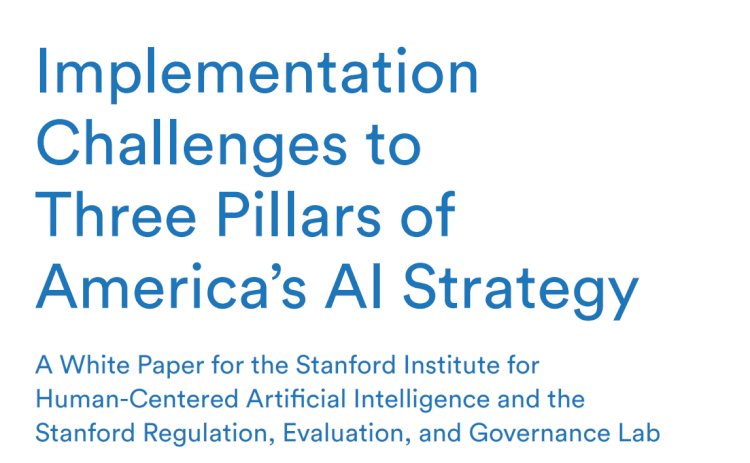Implementation Challenges to Three Pillars of America’s AI Strategy

The transformative potential of artificial intelligence (AI) is a kind of truism.Seeking to capture the benefits of the “Fourth Industrial Revolution or “third wave of the digital revolution, countries are prioritizing efforts to reorganize their public and private sectors, fund research and development (R&D), and establish structures and policies that unleash AI innovation.5 In the United States, the White House and Congress have promoted AI innovation and its trustworthy deployment by increasing R&D investments, exploring mechanisms to increase equitable access to AI-related resources through a National Artificial Intelligence Research Resource, funding National AI Research Institutes throughout the country, dedicating $280 billion—through the CHIPS and Science Act—to domestic semiconductor manufacturing and the “industries of tomorrow, and coordinating AI policy in the National AI Initiative Office within the White House.10 While many have rightly applauded the blueprint for an AI Bill of Rights and the associated actions across the federal government,11 implementing that framework ultimately requires government agencies to voluntarily implement, execute, and convert guidance into practice.
REGISTER NOW
All fields are required*



















